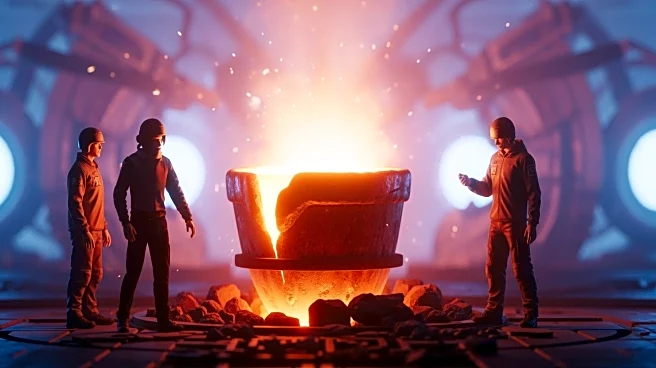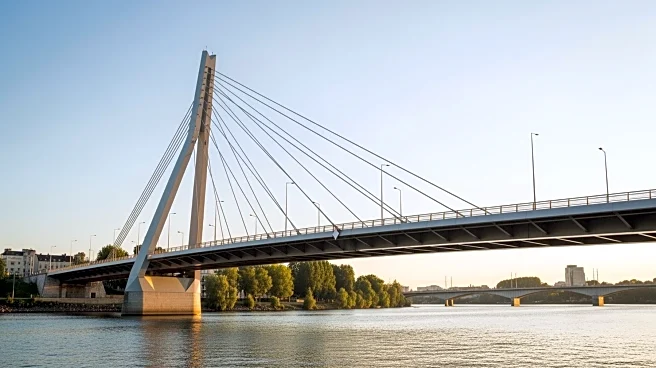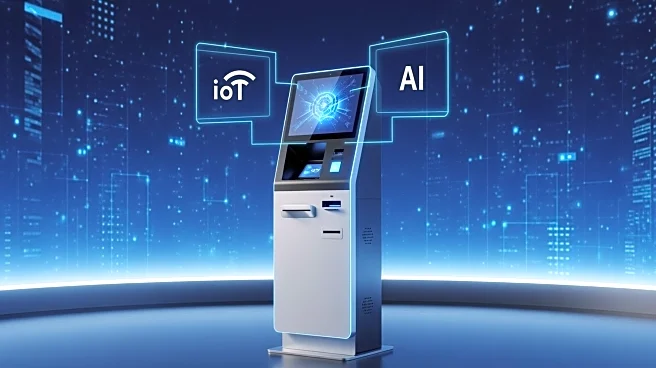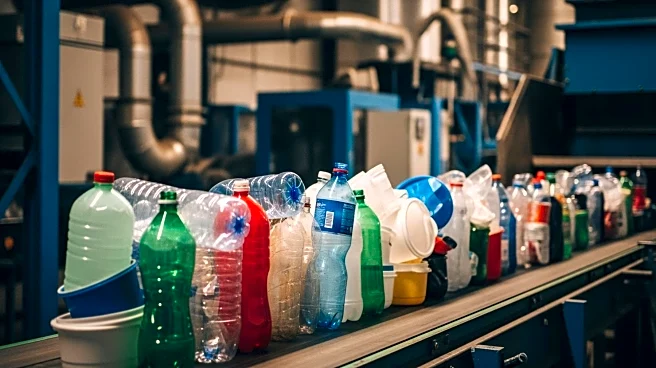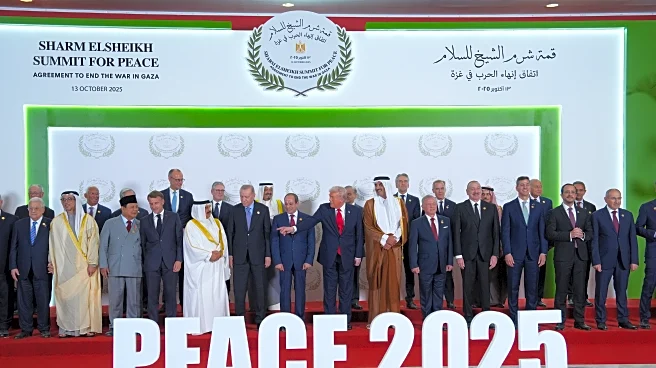What's Happening?
The Direct Reduced Iron (DRI) market is experiencing significant growth as the global steel industry shifts towards decarbonization and sustainable manufacturing practices. DRI, an alternative to traditional blast furnace processes, is becoming essential
in low-emission steel production, particularly for electric arc furnaces (EAFs). The market, valued at USD 64.61 billion in 2025, is projected to reach USD 146.08 billion by 2035, with a compound annual growth rate of 8.5% from 2026 to 2035. This growth is largely driven by the adoption of hydrogen-based reduction technologies. The Asia Pacific region leads the market, accounting for 51% of the share by 2035, while Europe is advancing with climate-neutral steelmaking goals.
Why It's Important?
The shift towards DRI and hydrogen-based reduction technologies is crucial for reducing carbon emissions in the steel industry, aligning with global climate commitments. This transition supports the production of 'green steel,' which is increasingly demanded by industries aiming to lower their carbon footprint. The adoption of DRI is also significant for regions like Europe, where decarbonization policies and funding are driving innovation in sustainable steel production. Companies investing in these technologies, such as ArcelorMittal and JSW Steel, are positioning themselves as leaders in the emerging green steel market, potentially gaining a competitive edge as demand for low-carbon products increases.
What's Next?
The DRI market is expected to continue evolving with advancements in hydrogen-based reduction technologies and increased digitalization and automation of DRI operations. Companies are likely to expand their investments in hydrogen DRI plants, supported by government policies and funding aimed at achieving net-zero emissions. The integration of DRI with EAF operations will become more prevalent as the steel industry focuses on circular economy practices. As hydrogen availability scales up, the flexibility of DRI plants to switch between natural gas and hydrogen feedstock will be crucial for seamless transitions to greener production methods.
Beyond the Headlines
The move towards hydrogen-based DRI not only addresses environmental concerns but also represents a significant shift in industrial practices, potentially influencing global trade dynamics. As countries and companies invest in green steel technologies, there may be increased collaboration and competition in developing efficient hydrogen supply chains. This transition also highlights the importance of technological innovation and strategic partnerships in achieving sustainability goals, with potential long-term impacts on employment and economic growth in regions investing in these new technologies.
